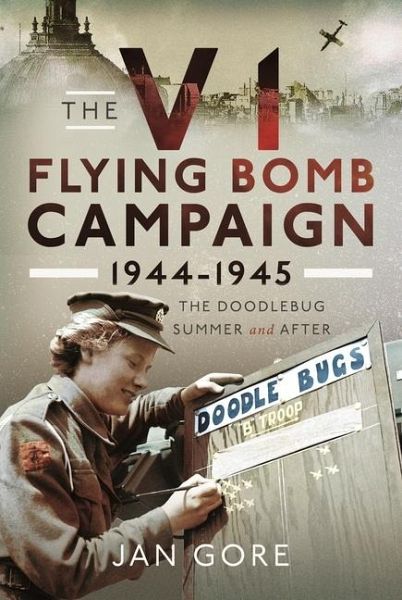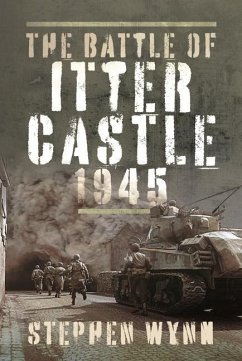
The V1 Flying Bomb Campaign 1944-1945
The Doodlebug Summer and After
Versandkostenfrei!
Versandfertig in über 4 Wochen
26,99 €
inkl. MwSt.

PAYBACK Punkte
13 °P sammeln!
"... tells a fascinating story of bravery and population resolve in the face of persistent death and destruction. Gore's book should be a welcome addition to any military history enthusiast's library." -The Journal of the Air Force Historical Foundation In this new study, Jan Gore assesses the success of the V1 campaign. The background to the development of the V1 will be examined, from the initial references to a mystery weapon to the gradual realisation by the British that the Germans were planning both a flying bomb (V1) and a long range rocket (V2). Once the first V1 sites were identified,...
"... tells a fascinating story of bravery and population resolve in the face of persistent death and destruction. Gore's book should be a welcome addition to any military history enthusiast's library." -The Journal of the Air Force Historical Foundation In this new study, Jan Gore assesses the success of the V1 campaign. The background to the development of the V1 will be examined, from the initial references to a mystery weapon to the gradual realisation by the British that the Germans were planning both a flying bomb (V1) and a long range rocket (V2). Once the first V1 sites were identified, the British began a strategic bombing campaign, later joined by the Americans. However, as the Normandy landings became imminent in June 1944, Hitler realised he had nothing to lose by delaying his vengeance attacks. A week after D-Day, the first V1s began to reach England. The attacks swiftly intensified. It was a very different campaign from those before. The pilotless planes could be produced cheaply and there was no need to put expensively-trained pilots at risk. The planes could be launched by day or night, whatever the weather. They were true terror weapons, as the first-hand accounts of those who lived through the attacks make clear; there was very little notice that a doodlebug explosion was imminent and so it was almost impossible to take cover. The book describes the first weekend of the attacks with the bombing of the Guards' Chapel, the evacuation programme which followed, and the UK's defence strategies. It goes on to discuss the second phase of the attacks, including the planned bombing of Manchester, and the third phase of the campaign, where V1s were ground-launched from the Netherlands.












